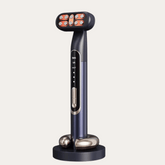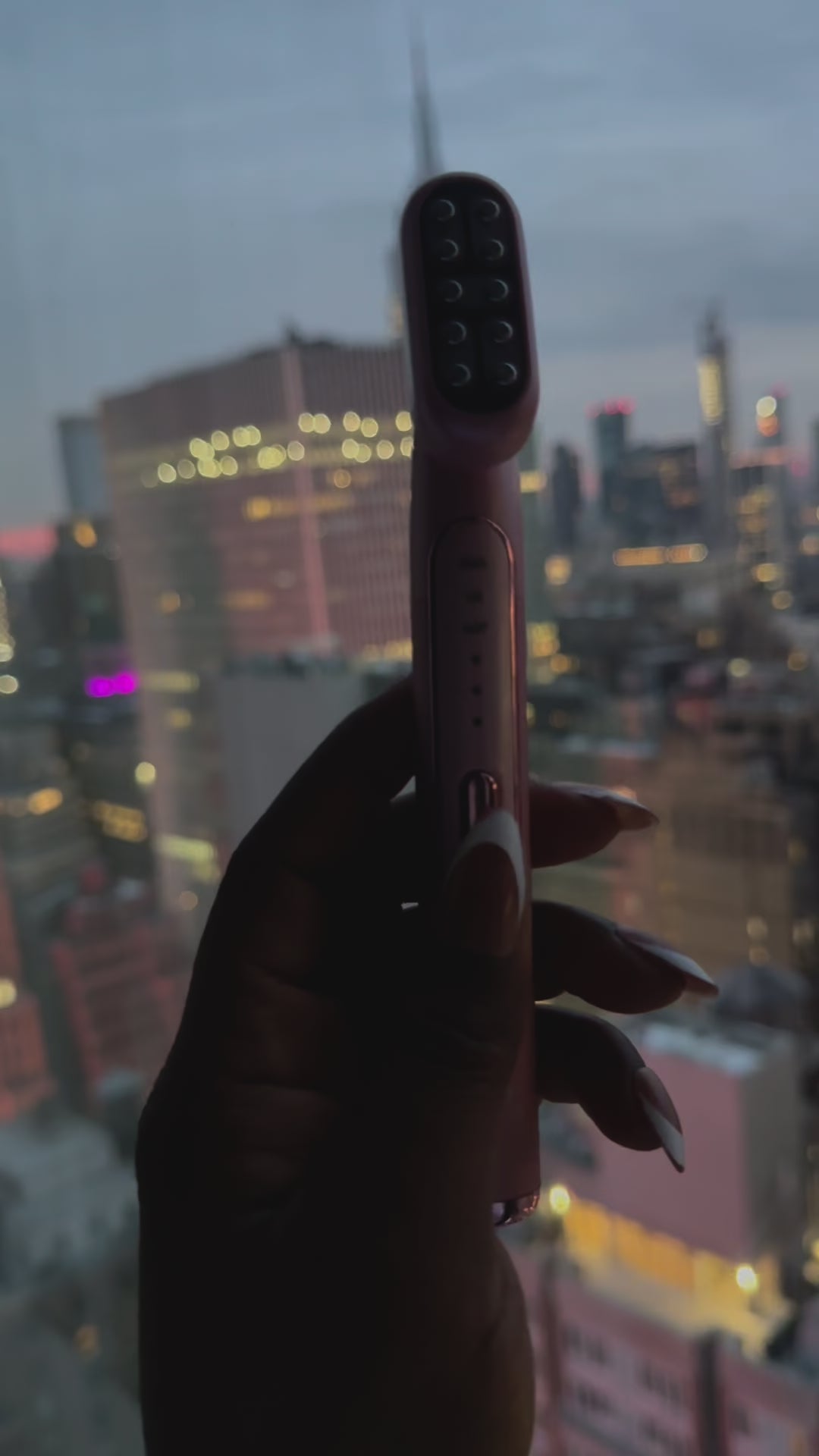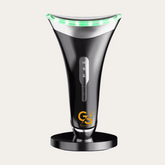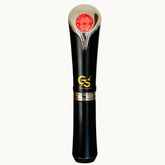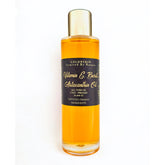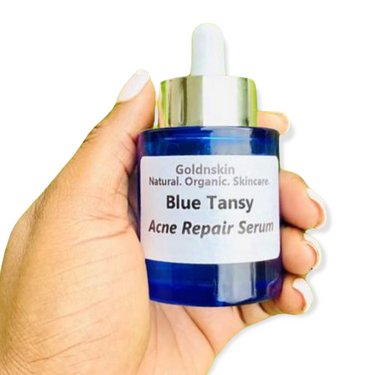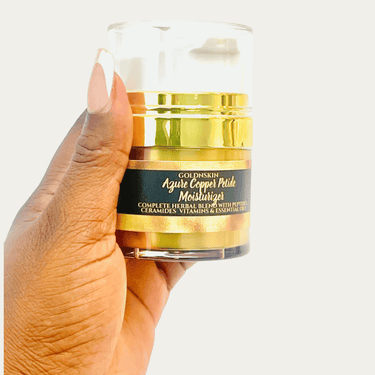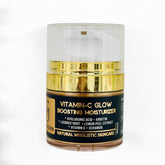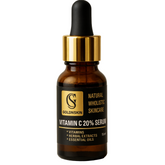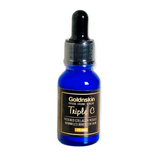What Are These Little Bumps on My Skin?
 We’re all familiar with your classic, standard-issue acne and blemishes, but do you really know how to get rid of those small bumps on your face, also often referred to as bumps on face?
We’re all familiar with your classic, standard-issue acne and blemishes, but do you really know how to get rid of those small bumps on your face, also often referred to as bumps on face?
Whiteheads. Blackheads. Zits. Those tiny pimples on your face that start below the skin and make you await their dreaded arrival. But what about those tiny mystery bumps that don’t seem to be members of the pimple family? They might be skin-colored, hard, or don’t pop. Like a bumpy rash on your face, they’re stubborn and there’s a lot of them!

What are these Bumps on Face?
Worried about what these bumps on the skin like your hair or body are? A few different types of bumps are most common on your face, body, scalp, and more like milia, keratosis pilaris, allergic reactions, and more.
The Top 12 Causes of Those Bumps On Your Face Revealed
When you wake up and notice a few bumps on your face, it’s not unlikely that you first freak out and then, decide to hit Google for some answers. It’s natural, we all do it. Take a deep breath, because you’re in the right place. Today we uncover the top 12 possible causes of your bumps.
1. Comedones
What Causes Comedones on Your Face?
A fancier term than what it stands for, comedones, are simply whiteheads or blackheads. They appear pretty much anywhere and can be small or large.
Blackheads come about when your hair follicles become clogged by dead skin cells as well as oil. They turn black since the pore is open and the icky substance mix inside is exposed to air, oxidizing it.
Whiteheads are the result of clogged pores, just like blackheads, only the head is closed. This makes it more 3-dimensional and since it isn’t exposed, there’s no oxidation so it’s white not black.
Treatment for Comedones:
To help get rid of either of these unwanted bump types, it’s important to keep up with a good skincare routine. In this way, you will help flush out the build-up and wash away environmental pollutants. Try some soothing, clearing rosewater spray post-routine for a boost!
2. Sebaceous Hyperplasia
What Causes Sebaceous Hyperplasia on Your Face?
If your bumps look like whiteheads but have an indented head, there’s a chance it could be sebaceous hyperplasia. These bumps appear as small, shiny bumps under the skin. They are usually small and painless.
Their cause? They can come about if you’re over 40 with fair skin or if you’re someone with family history.
Treatment for Sebaceous Hyperplasia:
Luckily, there are easy treatments to help get the bumps on the face under control. You can either get facial peels or laser therapy to gently remove them.
3. Dermatosis Papiloma Nigra
What Causes Dermatosis Papilloma Nigra on Your Face?
Defined as little black, slightly raised dots, Deramtosis Papilloma Nigra (DPN) can be one reason for bumps on your face. DPN is most common with people of color or Asian descent. It’s also genetically linked, with 40-50% of people having family members with the bumps too!
Treatment for Dermatosis Papilloma Nigra:
Since these are relatively harmless bumps, it’s best to leave them alone. If you’re really against their presence, seek professional advice for treatment.
4. Cold Sores
What Causes Cold Sores on Your Face?
Never fun, cold sores are the easiest to spot on this list. Most common around the lips, they can also appear on the cheeks or under the nose. They start as a tingling sensation under the skin, with a small bump. The bump bursts and lets out a little liquid (ah), and then this turns into an open sore on the skin. While anyone can get a cold sore from sharing drinks, they are also genetically linked.
Treatment for Cold Sores:
You have several options to help cure your cold sores. There are medicines your doctor can prescribe to keep your breakouts under control. You can also take a supplement called L-Lysine which has been shown to help them. Lastly, a more herbal route is using Geranium Essential Oil that has potent antibacterial properties to kill off the cold sore.
5. Lipoma
What Causes Lipoma on Your Face?
If your bump is looking a bit more like a lump, there’s a fair chance you have a lipoma. These are under-the-skin swells that are soft-to-the-touch and can appear in a variety of areas in the body. They form due to the overproduction of fatty cells in the skin. Most known to be genetically linked, you can blame your parents for this one.
Treatment for Lipoma:
Most lipomas are removed by surgery or using injections at the site. Consult a doctor to determine the best move for you.
6. Corns
What Causes Corns on Your Face?
Okay, if you have corns, don’t be ashamed. We all hear running jokes about them, but seriously, they are common and they are harmless. Corns form when repeated pressure is placed on the skin.
Treatment for Corns:
The cure to getting rid of corns is relatively simple. There are OTC solutions that you can buy that will do the trick.
7. Nodules
What Causes Nodules on Your Face?
Similar to lipoma, nodules are growths below the skin. They are in essence a growth of abnormal tissue. But if what you’re feeling is smaller, there’s a chance it’s not a nodule. Most lumps need to measure 1 CM to be considered a nodule. The primary areas that you’ll find these bumps are on the neck and head, where lymph nodes can get inflamed.
Treatment for Nodules:
Fear not, these bumps may not be cute, but they generally are harmless. Definitely see your doctor and have them monitor it. Most will go away on their own!
8. Molluscum Contagiosum
What Causes Molluscum Contagiosum on Your Face?
These bumps are related to chickenpox (oh no!) and are therefore not only viral but contagious. They appear as raised, pearl-like bumps on the face, and can be itchy. The thing is…Don’t scratch them! The more you scratch, the more they spread.
Treatment for Molluscum Contagiosum:
Like good ole’ chickenpox, you should seek out a medical professional and get some medicine in your system.
9. Bullae
What Causes Bullae on Your Face?
If your lumps are reddish, raised, and have what looks like a blister appearance, there’s a possibility that you’re dealing with bullae. Bullae consists of blisters or vesicles that are about .5 cm in length and have trapped liquid inside.These bumps come about by friction, contact dermatitis, and certain viruses.
Treatment for Bullae:
You can cure bullae by taking medication, or in most cases, treat it at home with some herbal remedies. Such remedies are; aloe vera to help with inflammation, or a wet green tea bag placed on-site to reduce irritation.
10. Cherry Angiomas
What Causes Cherry Angiomas on Your Face?
Are your bumps raised and reddish? A bit oval in shape and possibly bleeds when you scratch it? What you have could be cherry angiomas. These are essentially red moles and are genetically linked. Most won’t appear until age 30 and can increase as you age.
Treatment for Cherry Angiomas:
No formal treatment is needed for red moles, but if you find them to be unsightly for yourself, surgery is always an option!
11. Nevi
What Causes Nevi on Your Face?
Nevi, or traditional moles, are dark, raised lumps. They can appear anywhere on the body, including as lumps on the face. They can either appear at birth, in childhood or as you age. Most are genetic, but some people will get moles with too much sun exposure.
Treatment For Nevi:
If you don’t like the appearance of your mole(s), you can get them removed. If your moles are related to sun damage, try to wear sunscreen daily (This should be a no-brainer already!).
12. Skin Cancer
What Causes Skin Cancer on Your Face?
The last one on our list is skin cancer or melanoma. This illness can form irregular moles on the surface of your skin. If you feel that you may have skin cancer, you should seek professional help and get tested. It’s not something you can treat on your own.

